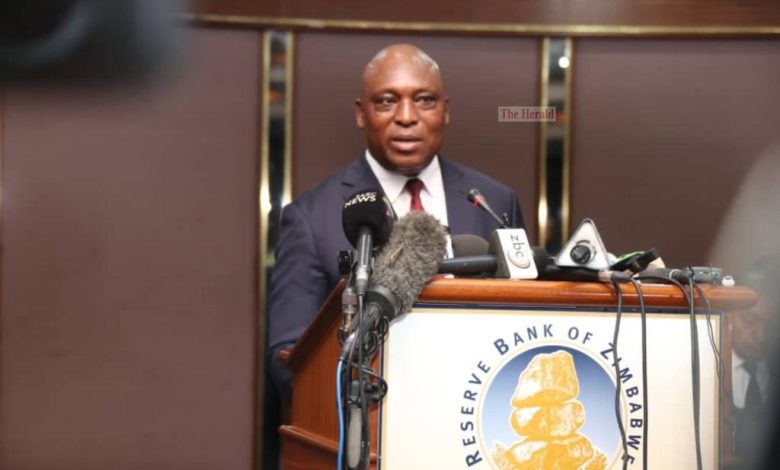Mine workers seek US$400 minimum wage
Zimbabwean mine workers are seeking a minimum wage of US$400 per month to be half paid in foreign currency and the other half in Zimbabwean dollars at the prevailing interbank foreign exchange rate.
They are also seeking a cost of living adjustment of US$200 to be fully paid in US dollars and the introduction of housing and transport allowance for employees who are not provided accommodation at the mining compounds.
Secretary general of Zimbabwe Diamond and Allied Minerals Workers Union (ZDAMWU) Mr Justice Chinhema said the recent 108 percent pay rise in April 2022 had “very little impact” given the accelerated increase in prices of basic goods and services.
“In light of (this), we are kindly requesting you to call for an urgent NEC (the National
Employment Council) meeting to consider a cost of living adjustment across the board
pegged in foreign currency,” said Mr Chinhema in a letter, seeking solidarity from its
rival, Associated Mine Workers Union of Zimbabwe (AMWUZ).
ZDAMWU has a membership of nearly 20 000 mine workers. There are other 16 registered
unions in the mining industry and are all represented by AMWUZ during bargaining.
“It’s high time we make the employer accountable to the living standards of their
workers. Workers are aware of profits margins that are made and production levels
together with the value of minerals being mined in Zimbabwe,” Mr Chinhema added.
Inflation is on the rise, partly driven by foreign currency exchange rate movements and
global price increases driven by the ongoing special military operation in Ukraine.
This has resulted in an acceleration in prices, with the monthly inflation rate quickening
35,5 percent in June, the highest since dollarization in February 2009.
After consultations, Mr Chimhema said mine workers were demanding US$200 as cost of
living adjustment on top of the current salaries and benchmark the minimum wage in US
dollars at US$400 paid 50 percent in foreign currency and the other half paid using the
prevailing interbank rates on the date of payment.
“This is the only way we can cushion workers considering most goods and services in
mining districts are pegged in USD, Rand or Pula,” he said.
“Mine workers have always said there should be no going back on the demand for a living
wage, commensurate with the value of minerals mined and in line to other regional
scales.”
He said it was sad to note that the mining industry as the backbone of the country’s
economy, and as clearly positioned by the Government to drive economic growth,
workers’ living standards remained “a far cry as expected of them.”
AMWUZ president Seriso Pipas said the cost of living adjustment for the second quarter
had already begun. We met on Monday and we are meeting again next week,” he said.
“In our negotiations, every input from other unions is considered because we are all
representing the workers so that at the end of the day, we need the best outcome,” he
said.
Mr Chinhema noted that most retail outlets in several mining districts are no longer
accepting the local currency, making it difficult and even more expensive for workers to
transact. “This is a crisis on its own if nothing is not done urgently,” said Mr Chinhema.
“We all know that at present with the minimum wage structure set in the second quarter
of 2022 and ever-rising cost of living the current wages or salaries structure is far below
the Poverty Datum Line leaving workers in abject poverty,” he added.-The Herald











